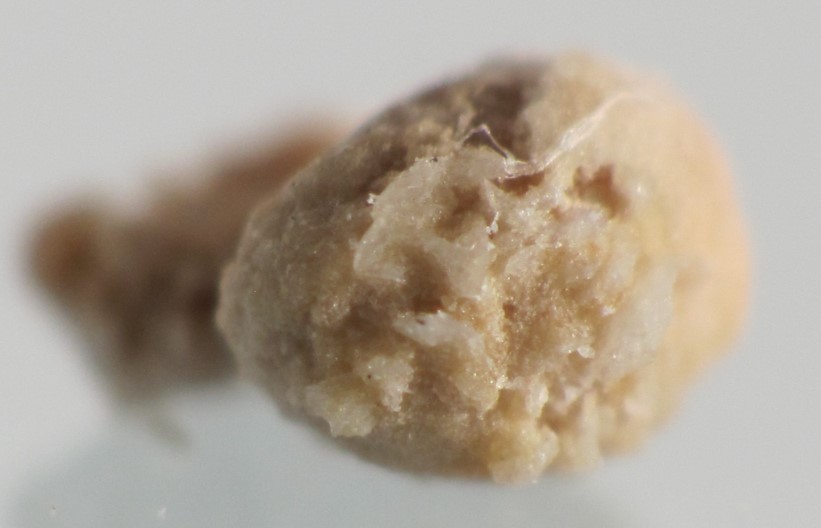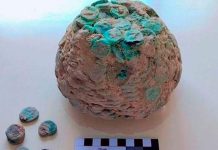Kidney Stones Symptoms, Causes, and Treatment
It is fairly common for stones to form in the kidneys or urinary tract. Uric acid, phosphorous, calcium, and oxalic acid are some of the chemicals that form stones in the urine. The obstructions may be made up of grit, sand, and gravel-like materials, as well as eggs the size of a bird. A particular substance may form and grow as a stone if its concentration in urine exceeds its solubility.
More often than women, men are afflicted with this disorder during middle age. A kidney is a bean-shaped organ located on either side of the spinal column just below the waist. On average, they measure 10 cm in diameter and are soft, reddish brown in color, 6 cm in length, and width 2.5 cm thick at their center. Filter plants remove water and salts from the blood, which are then passed into the urinary bladder.

Stones in the kidney symptoms
It is common for kidney stones to cause severe pain during their passage down the ureter and into the bladder. There is initial pain in the side followed by pain in the groins and thighs. Urinating frequently, painful urination, scanty urination, nausea, vomiting, sweating, chills, and shock are other kidney stone symptoms. There is also the possibility that the patient will pass blood through the urine. Silent stones are stones that remain silent in the kidneys for a long period of time without causing any problems.
The causes of kidney stones
A defect in the general metabolism leads to the formation of kidney stones. Due to heavy perspiration or insufficient fluid intake, they usually occur when urine becomes highly concentrated. The symptoms are exacerbated by sedentary lifestyles. Other factors include incorrect diet, overeating, sugar, white flour, and other acid-forming foods, meat, tea, coffee, spices, condiments, and rich foods. It is also possible to form stones if you do not get enough vitamin A and if you consume too much vitamin B.
The Types of Stones
The chemical composition of urinary stones can be divided into two categories: primary stones and secondary stones. A primary stone usually forms in acidic urine and is not caused by infection. Alcoholism, sedentary lifestyles, constipation, and eating foods high in nitrogen and purines are usually the causes. Stones formed in alkaline urine are secondary to local infection.
If there is an infection, kidney stones are most commonly composed of phosphate or calcium oxalate. Calcium is the chief constituent of about 90 percent of all stones. Calcium, ammonia, magnesium, phosphates, and carbonates make up more than half of these mixtures, whereas oxalate makes up the remainder. There is a four percent incidence of uremic acid stones and a one percent incidence of cystine stones.
Kidney Stone Treatment
Proper dietary regulations can successfully treat most kidney stone patients. The recurrence of these symptoms will also be prevented by these regulations. The majority of cases do not require surgery. In order to prevent urine concentration, the patient should avoid foods that irritate the kidneys and drink adequate fluids to control the acidity or alkalinity of the urine. A number of foods are considered irritants for the kidneys.
These include alcoholic beverages, condiments, pickles, cucumbers, radishes, tomatoes, spinach, rhubarb, watercress, vegetables containing strong aromas like asparagus, onions, beans, cabbage, cauliflower, meat, gravies, and carbonated beverages. Over-secretion of parathyroid hormone leads to calcium loss from the bones, resulting in a high blood calcium level and increased urine calcium excretion in calcium phosphate stones.
It is also possible to form calcium phosphate stones when you consume excessive amounts of milk, alkalies, or vitamin D. The consumption of calcium and phosphorous should be restricted to minimal levels consistent with maintaining nutritional adequacy of calcium, and phosphate stones to be prevented.
It is recommended to maintain a calcium level of 680 mg. Phosphorus should be kept at 1000 mg. Calcium should be obtained from milk and phosphorous from curd, cottage cheese, lentils, and groundnuts in this diet. Among the foods you should avoid are whole wheat flour, Bengal gram, peas, soybeans, beets, spinach, cauliflower, turnips, carrots, almonds, and coconuts.
Diet must be regulated so that acidic urine is maintained when stones contain calcium and magnesium phosphates and carbonates. It is recommended only to drink half a liter of milk, and eat two pieces of fruit and two pieces of vegetables (200 grams) on such a diet. In addition to asparagus, fresh green peas, squash, pumpkins, turnips, cauliflower, and cabbage, tomatoes can also be included.
Among the fruits that can be taken are watermelon, grapes, peaches, pears, pineapple, papayas, and guavas. Conversely, if oxalate and uric acid stones are forming, the urine should be kept alkaline. Keeping acid-forming foods to a minimum is essential for satisfactory nutrition in this diet, which utilizes fruits and vegetables liberally. Oxalic acid-containing foods should be avoided if stones are oxalate-containing.
The foods that are considered to be healthy include almonds, beetroots, brinjal, brown bread, cabbage, cherries, chocolate, French Beans, potatoes, radish, spinach, and soybeans. A patient with an elevated blood uric acid level or an elevated urine uric acid level can develop uric stones. Foods with a high purine content, such as sweet bread, liver, and kidney, should be avoided because uric acid is an end product of purine metabolism.
Among the most effective remedies for kidney problems, including kidney stones, are kidney beans, also known as French beans or common beans. A German doctor, Dr. Ramm, was the first to discover kidney beans’ value as a kidney and bladder tonic.
He used it for over 25 years with positive results. According to him, the medicine is prepared by removing the beans from the pods, then slicing them and putting about 60 mg in four liters of hot water. This is done by boiling slowly for four hours. A fine muslin cloth should be used to strain this liquid, and it should then be allowed to cool for eight hours.
Another piece of muslin should be poured over the fluid without stirring. In Dr. Ramm’s opinion, the patient should drink a glassful of this decoction every two hours for the first day, and then a few times every week after that. Furthermore, Dr. Ramm says that if this decoction is older than 24 hours, it will not be effective.
Even if the pods are kept for a longer period of time, the therapeutic factor disappears after one day once they are boiled. In the vernacular, basil is called tulsi, which strengthens the kidneys. Basil juice and honey should be consumed for six months if you have kidney stones. It has been found that this treatment can expel stones from the urinary tract.
For those who are prone to kidney stones or gallstones, celery is also a valuable food. Using it regularly prevents the formation of future tones. In the treatment of kidney stones, vitamin B6 or pyridoxine has demonstrated remarkable therapeutic success. In order to achieve a permanent cure, this treatment must be continued for several months.
The patient’s diet should contain no more than one gram of protein per kilogram. A liberal intake of fluids up to 3,000 ml is recommended. To prevent the precipitation of salts in the urine, it is essential to drink six glasses of water or more a day. An enema should be given to the patient, followed by a warm bath at 100 degrees F, gradually raised to 112 degrees F.
The patient’s head should be kept cool by applying cold compresses. The pain can be relieved by applying hot fomentation across the back near the kidneys. In addition, certain yoga exercises stimulate the kidneys, making them highly beneficial.







